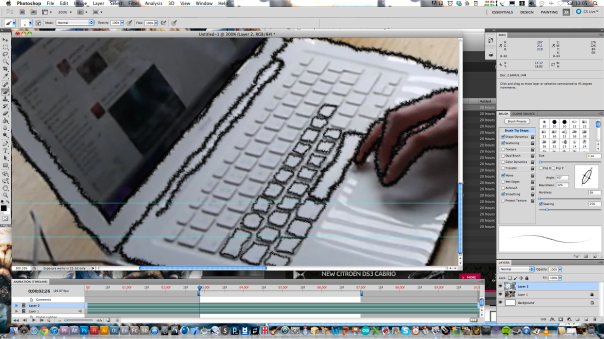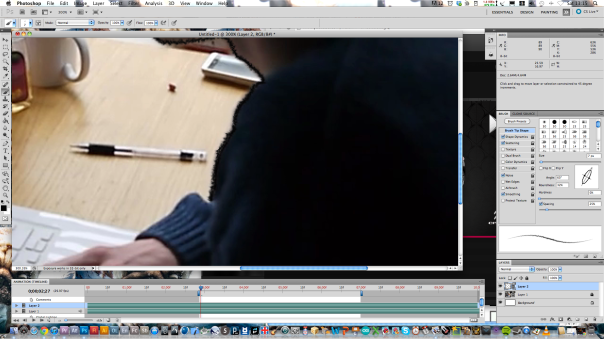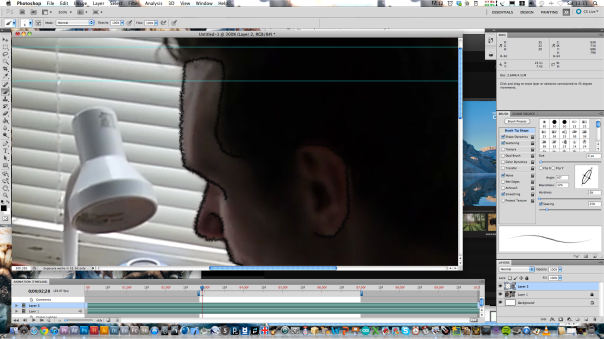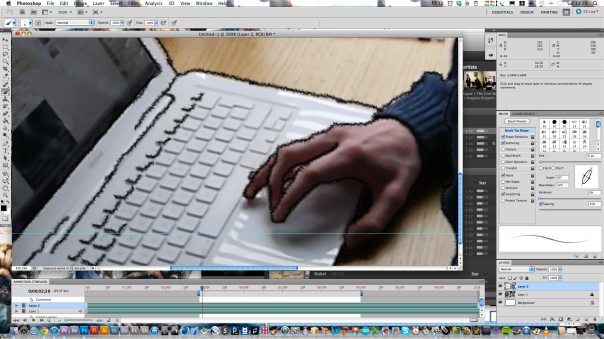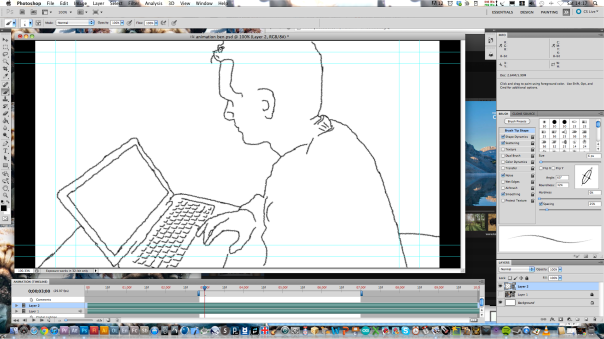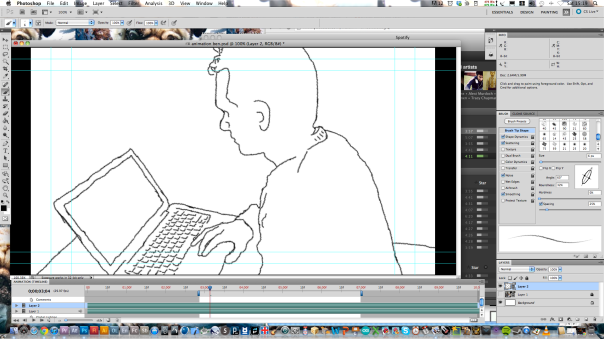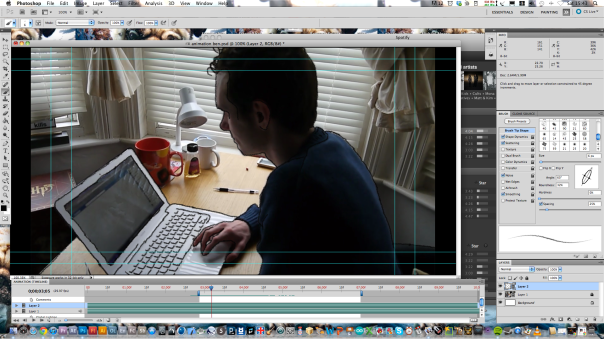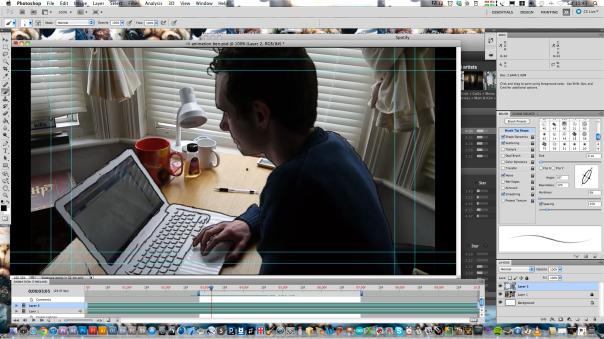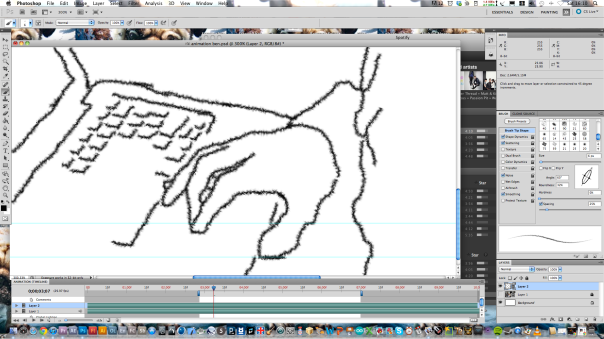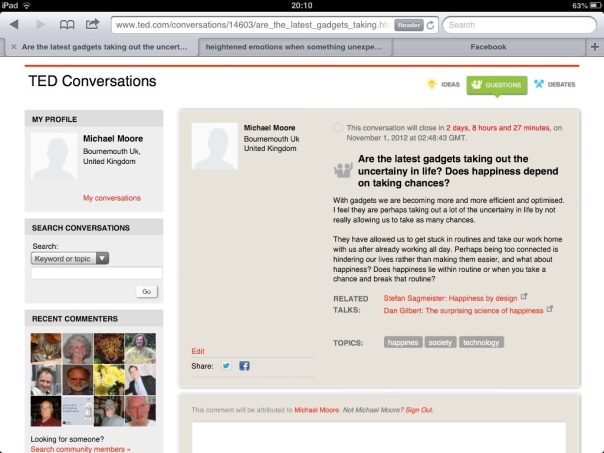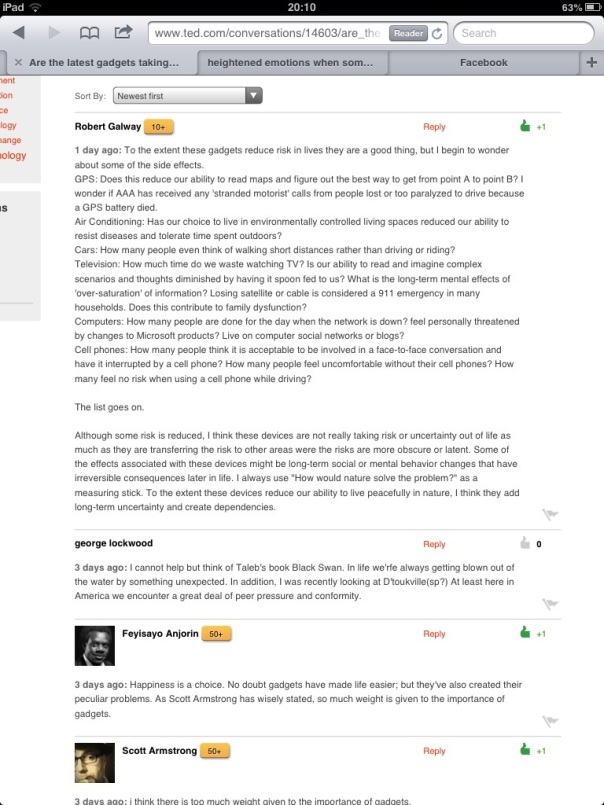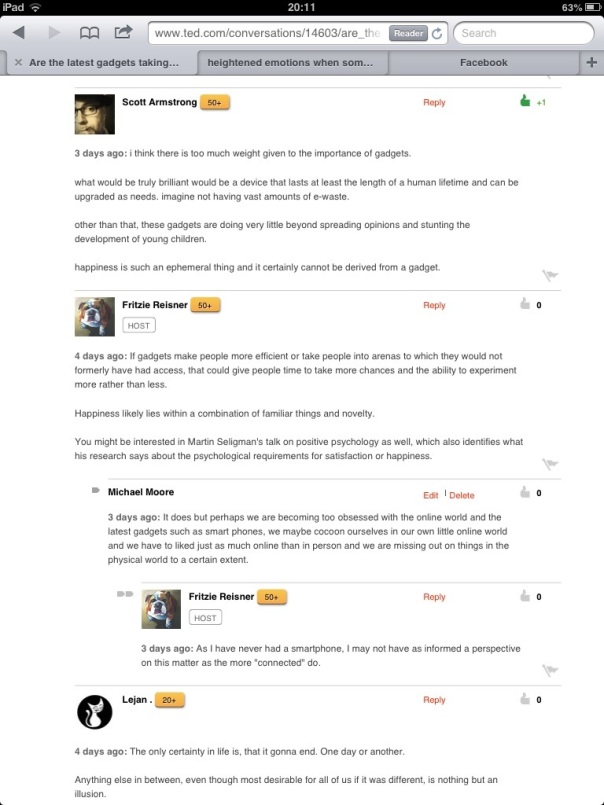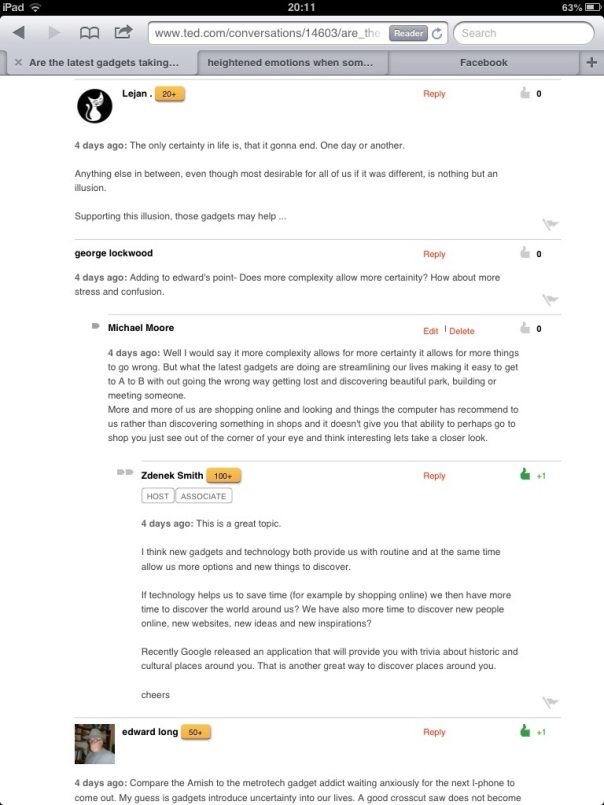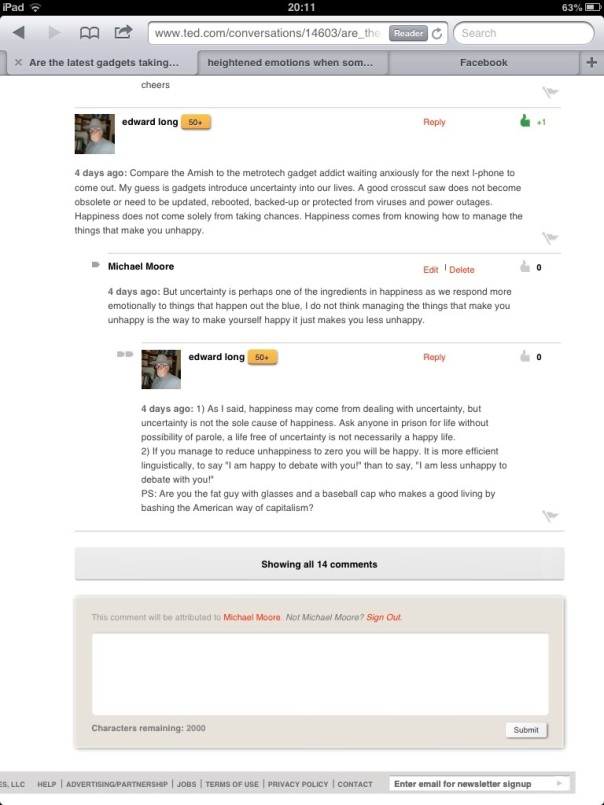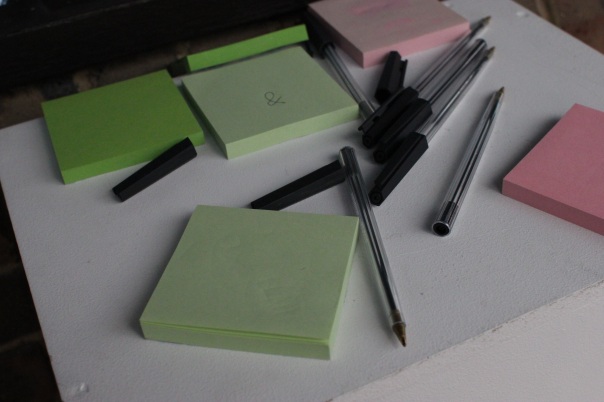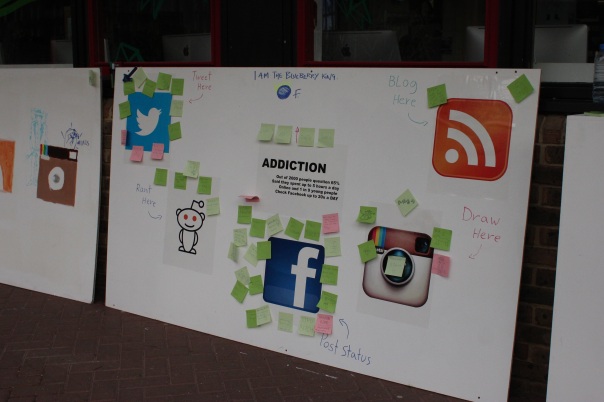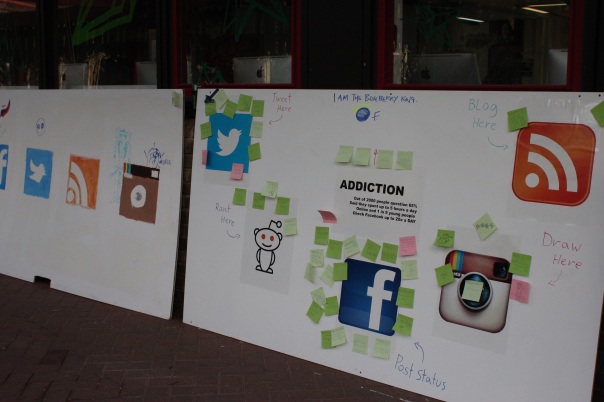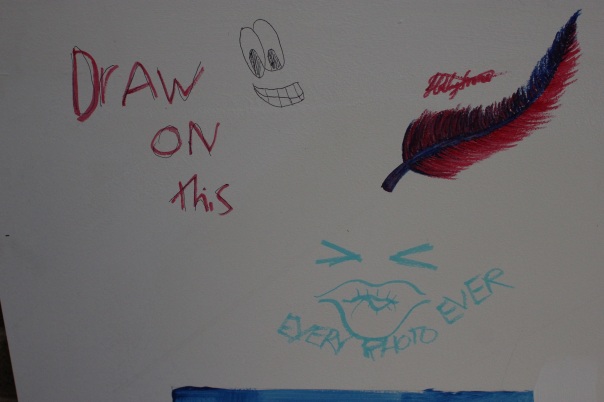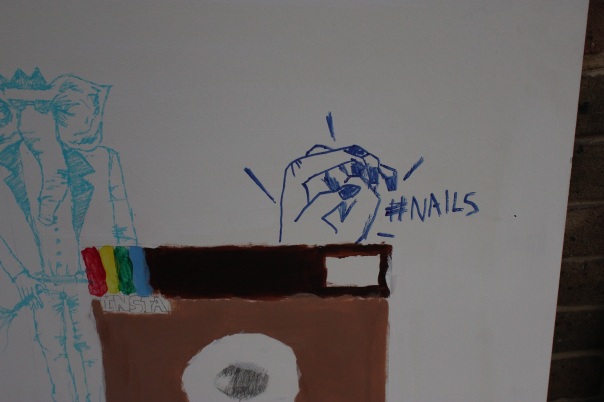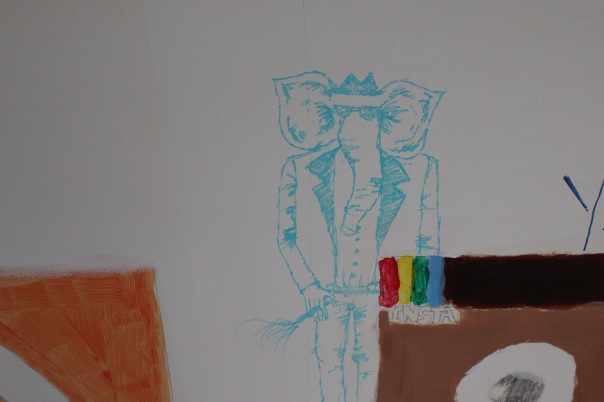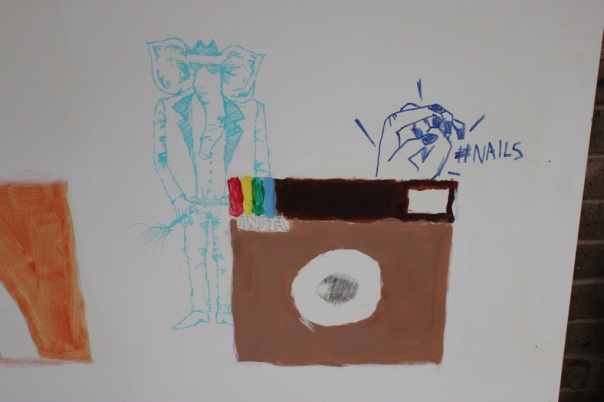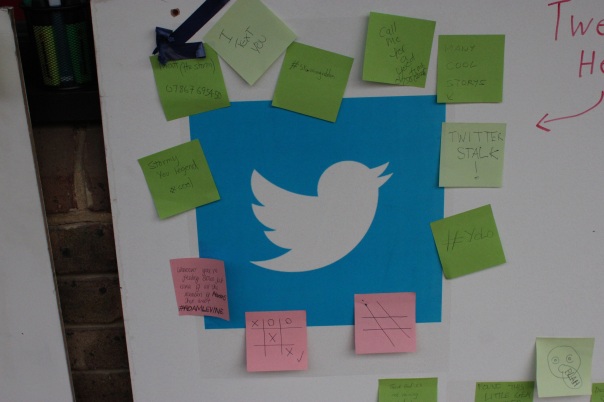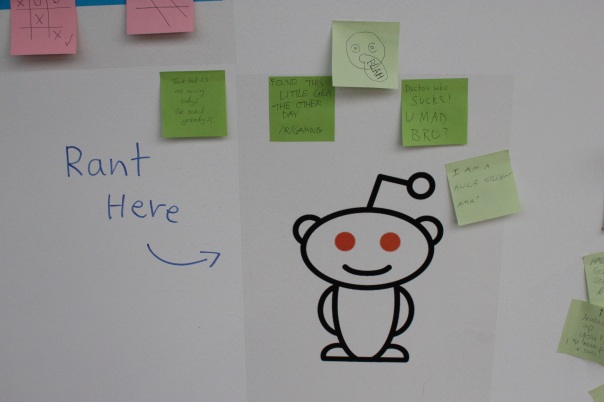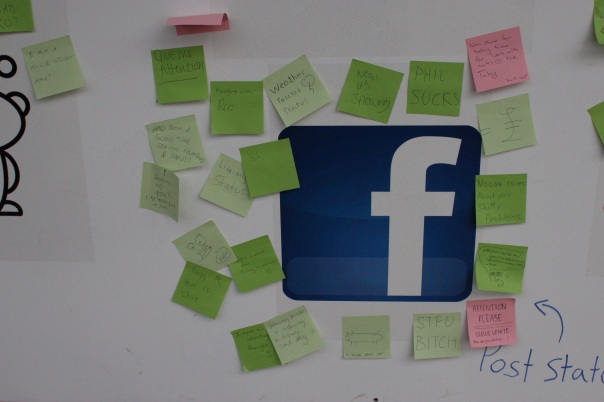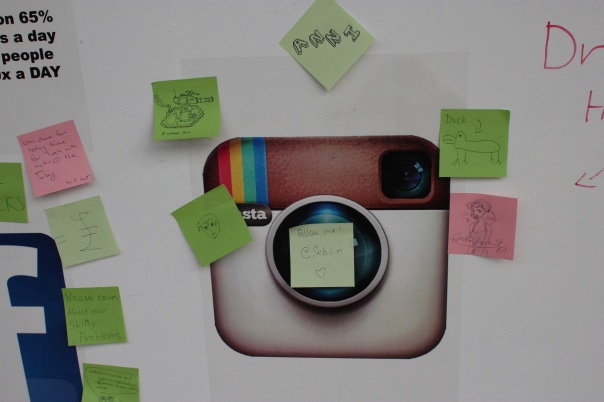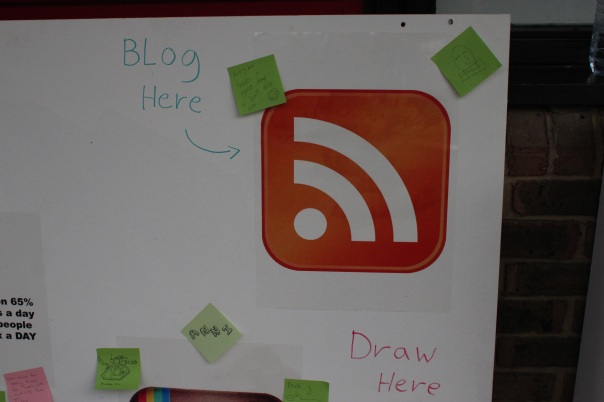Are gadgets eradicating the uncertainty in life and does happiness depend on taking chances?
I went to the woods because I wished to live deliberately, to front only the essential facts of life, and see if I could not learn what it had to teach, and not, when I came to die, discover that I had not lived. I did not wish to live what was not life, living is so dear, nor did I wish to practise resignation, unless it was quite necessary. I wanted to live deep and suck out all the marrow of life……
– Henry David Thoreau, Walden
Introduction
I thought i would start this essay with a beautiful poem from Thoreau which tells us to ‘live deep’ and to make the most of unfolding possibilities of our times. An in this essay I want to show you, convince you that taking chances are important and diving head first into the realms of the unknown and that today’s society with smart phone’s and other devices we are slowly eradicating the uncertainty of everyday life and it is hard to develop a balance between a real life and our digital lives, if we are interested in living with technology in the best possible way, and when I consider the routine of my own digital experience on an average day I send and receive a few text messages an send and receive a few e-mails and delete more than a few check my Facebook more than few times, send the odd tweet, I log between 2-12 hours a day at the screen on average reading, writing and interacting online. It makes you think sometimes where has my day gone I can only sometimes recall bits and pieces of what I have been doing online, and how uncertainty in life has perhaps dwindled as “Thoreau” tells us “live deep” and perhaps this uncertainty we are taking out of our lives is an important ingredient in happiness it is a spontaneous moment and perhaps can not be found in being efficient but it is important to starve forward towards our dreams. An if we are interested in living with technology in the best possible way. For example texting embodies an easily overlooked truth. Marketing campaign from the likes of “E E” (Everything Everywhere) which are now trying to sell us upgrades for our digital lives with the new 4G system’s they have started rolling out around the UK.
“With one-third of the world’s population is online, an increase of 528 percent over the past 10 years*. While Internet penetration rates vary by geographic region; North America (79%), Australia/Oceania (68%), Europe (61%), Latin America (40%), Middle East (36%), Asia (26%) and Africa (14%), they continue to climb steadily especially in the developing countries of the world.
Connected devices, such as computers, mobile phones and tablets have become a way of life for many, but shoppers are digitally engaged to varying degrees depending on the products they buy. While e-commerce activity for some consumer-packaged goods (CPG) products especially perishable categories where freshness counts may not be as transformative as other non-CPG industries such as books, music and travel, online grocery purchasing power is growing. In this report, Nielsen analyses how shoppers use online connected devices (computers, mobile phones and tablets) to aid or even complete their household grocery shopping.
Digital’s influence on grocery shopping is on the rise
Online shopping intentions for food and beverage categories increased 44% in two years
6-in-10 global respondents used the Internet for grocery shopping research
Nearly half (49%)of respondents purchased a product online
Globally, 46% used social media to help make purchase decisions
37% purchased from online-only stores most frequently
But what types of online activities do consumers engage in most? How much time is spent on these activities? What are future spending intentions, which websites are preferred, and what payment methods are favoured? New findings from a Nielsen online survey of respondents from 56 countries around the world provide insight into digital influences on grocery shopping behaviour. This report offers considerations for marketers and guiding principles to help build successful online strategies.”
(http://www.nielsen.com/us/en/insights/reports-downloads/2012/how-digital-influences-how-we-shop-around-the-world.html)
Text Messaging and The Smart Phone
It first started with text messaging and now with the smart phone. Those thousands of Incoming text messages and all those digital updates, have very little sympathy for any divisions of time and space we might wish to impose our days.
For example what would you do if your boss decides that you’re on call 24/7 whether you like it or not? You may just do it for a while and it could but strain on your relationships like in the film where Robin Williams character Peter Banning relationships between his children and wife Moria become strained because his phone/work is being put first “Hook” (1991)
“Moira throws Peter’s cell phone out the window early on; Nana buries it. At the end, Peter retrieves it but subsequently throws it away himself.” (http://tvtropes.org/pmwiki/pmwiki.php/Film/Hook?from=Main.Hook)
Several religious and secular movements and even some health specialists including those not specialising in mental health have advocated periods of isolation from communication networks, with reasons including realignment with some higher power, stress relief or reducing dependency. Of course, the concession is often made that such sessions should be scheduled to avoid clashing with the rest of one’s affairs and those that might need to make contact should be informed that one will be unreachable.
We must recognise that what matters above all is not the individual devices such as the smart phone we use, but what we use them for. The best quote I can find to explain this theory comes from the book “The Happiness Purpose” by Edward De Bono (p97,98)
“The laissez-faire attitude to happiness is too wasteful, too negligent and too selfish. Very few people ever have the chance to enjoy except for brief moments the spontaneous happiness of the roadside wild flowers, and in any case that is not being abandoned. Today flowers by the wayside will only be pre-served if we make deliberate effort to preserve them.”
Now with new apps coming onto the market known has serendipity generators designed to buck this ultra-efficient, ultra optimised trend by trying to but more whimsy, so more spark into life that we have perhaps lost.
These new apps would seem to have some resemblance to a French cultural phenomenon know as flânerie, a movement dissatisfied with the urgency and alienation of the modern-day city. Parisian flâneurs hoped to encourage a kind of aimlessly enjoyable wandering in city life.
“Since the Second World War The Flaneur has changed format and is now available online. The original ancient editors would never have predicted this – although Leonardo is thought to have designed a rudimentary internet in red chalk on the back of the Mona Lisa. Unfortunately owing to the delicate nature of the painting the Louvre will not allow this to be investigated. It is further rumoured that he stuck a page from The Flaneur onto the back of the Mona Lisa in order to help bind the wooden ground together. If this is true it would be another exciting moment in the history of The Flaneur. We wait for the Louvre to agree to examine the Mona Lisa, but in truth the likelihood of them ever agreeing is small. Until then we have to imagine that there is a page of the greatest arts and culture journal ever sharing the frame of the greatest art-tourist-attraction in the world.”
(By flaneur on 30th May 2012, 3:07pm http://flaneur.me.uk/05/history-of-the-flaneur-the-part-the-flaneur-has-played-in-world-history/)
For example When the internet was in it’s infancy in the 1990’s it was mainly populated by people sharing things they liked with people they didn’t know, it was a way to engage with people we perhaps wouldn’t normally meet, it was a new and amazing way to communicate, in other ways it was a pretty good serendipity engine.
Mark Shepard, an artist who designs apps such as “Serendipitor”. Says in “New Scientist” magazine (published 25 August 2012)
“Then something changed coming out of 20th century and into the 21st century the rhetoric changed for one of optimisation, by making things more and more efficient seems to have dominated the way we think and interact with our technology, What it should do for us it’s this idea of machines as humble servants that make our lives easier. And it was this shift came the rise of recommender systems, algorithms that use your purchases, likes, social interactions for example on Facebook and browsing history to work out what future purchases you might be interested in, and now we see a small rise in serendipity apps in which some are a direct spoof of these recommender systems.”
“Getlostbot” is a good example of this which looks at your check-ins with “FourSquare” and sees when you get into a routine for example going to the same pub on a Sunday afternoon or the same place for dinner what “Getlostbot” will do is it will text you a challenge to try a new place of similar orientation but instead of telling you the place it will just give you directions to the location. Sounds like a good idea gets you to try new things and see new things however “These always send you to the safer options at the expense of the more interesting places”. Says Ben Kirman,
Also “Getlostbot” is perhaps slightly flawed as in one particular case I heard about which was that one person who went to church every sunday and checked-in there using “FourSquare” got sent a destination and thought he would follow it and it had sent them to a Mosque. (http://www.slideshare.net/bkirman/get-lost-getlostbot-annoying-people-with-serendipitous-recommendations)
All smartphones now have GPS to guide you to almost every destination so it’s easier to get from A to B without getting lost. When you’re looking at the possibility of a bad outcome like getting hopelessly lost nothing will make you more unhappy than uncertainty. Now getting lost or even being unhappy with a purchase these are not life-threatening, but our reluctance to deal with uncertainty maybe easier to understand in the context of it’s effect in far more serious situations.
For example, a study of people who were waiting to discover the results of a genetic test for Huntingdon’s Disease. Those that found out their results were either positive or negative, experienced a boost in well-being. However the story was different for those people whose’s tests were inconclusive. This group felt a greater amount of distress over the next year than the people who found out they would spend their lives with a life-threatening and debilitating disease.
Other studies like this have shown that when something unexpected happens, we respond more emotionally to it.
“Sad events can certainly be overwhelming, and lead to crying. The idea is that something major and unexpected happens and this causes a build up of stress hormones in the body and the person doesn’t know how to handle it. Interestingly tears are used to secrete excess stress hormones.
Unexpectedly good events can also be overwhelming – but in a different way. They can be very stimulating. If something unexpectedly good occurs, stress hormones can build up because of that excess stimulation. Again, crying serves to remove those excess stress hormones.
After people cry, they typically feel more relaxed, because the stress hormones have been released.” (http://www.quora.com/Psychology/Has-emotion-research-studied-why-people-sometimes-cry-when-theyre-happy-for-example-at-weddings)
The response is the same whether it be amplifying a modestly unpleasant event or a more serious one, we seem to spend longer thinking about it, trying to find an explanation, a reason, however we adapt to it and integrate it into the mundane, so with this taking the uncertainty out of life seems like a good idea and and good strategy for happiness.
However “We are the online generation we are more connected in a sense too connected almost addicted sometimes” Professor Cary Cooper from Lancaster University stated in ITV1 “Tonight” broadcast on the 18th October 19:30 and surveys from the same programme seeming to back up this view, “Out of 2000 people questioned 65% said the spent up to 5 hours a day online and young people this is seen to effect particularly with 1 in 9 seeming to have an addiction to social media sites such as “Facebook” checking them up to 20 times a day.
Which I think is quite worrying we are spending more and more time online and not looking around going out for walks and finding new places and happiness realises on actually living in the world not online.
The best quote I have found by “William Morris, The Aims of Art – The true secret of happiness lies in taking a genuine interest in all the details of daily life” now these are good sentiments we can’t gain from the details smells and textures give us in the online world and we are more certain to know what we are going to get online rather than in the real world.
